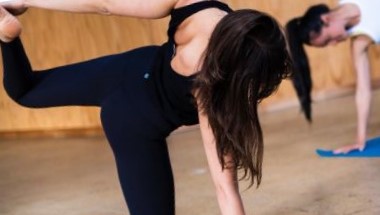
The notion that osteoporosis patients cannot practice yoga is not entirely accurate. In fact, yoga can be a beneficial form of exercise for individuals with osteoporosis, provided it is done safely and with proper modifications. Yoga can help improve balance, flexibility, strength, and posture, which are all essential for supporting bone health and reducing the risk of falls and fractures.
However, there are some important considerations for individuals with osteoporosis when practicing yoga:
- Consult with a Healthcare Professional: Before starting any exercise program, including yoga, it is crucial for individuals with osteoporosis to consult with their healthcare provider or a qualified exercise specialist. They can assess the individual’s bone health and provide specific recommendations and modifications based on their condition and needs.
- Avoid High-Impact Poses: Some yoga poses, particularly those involving forward bends, twists, or heavy weight-bearing on the spine, may increase the risk of fractures in individuals with osteoporosis. These high-impact poses should be avoided or modified to ensure safety.
- Focus on Gentle and Low-Impact Yoga: Gentle and low-impact yoga styles, such as Hatha or Iyengar yoga, are generally well-suited for individuals with osteoporosis. These styles emphasize proper alignment, use of props for support, and controlled movements.
- Avoid Spinal Flexion: Poses that involve excessive rounding of the spine (spinal flexion) should be avoided. Instead, emphasis should be placed on maintaining a neutral spine or incorporating poses that promote back extension (spinal extension).
- Use Props and Support: Props like blocks, bolsters, and straps can be used to modify poses and provide additional support, making yoga safer for individuals with osteoporosis.
- Avoid Twisting and Forward Bending: Twisting poses and deep forward bends should be approached with caution or modified to avoid excessive strain on the spine.
- Breath Awareness and Relaxation: Incorporating breathing techniques (pranayama) and relaxation practices (savasana) can be beneficial for reducing stress, promoting relaxation, and overall well-being.
In summary, yoga can be an excellent form of exercise for individuals with osteoporosis, but it should be practiced mindfully and with appropriate modifications. Working with a knowledgeable yoga instructor or therapist who understands osteoporosis and its implications can help create a safe and effective yoga practice tailored to the individual’s needs and limitations. Remember, safety is paramount, so always consult a healthcare professional before beginning any new exercise program.
